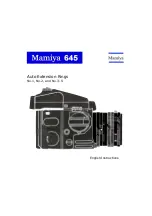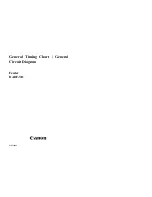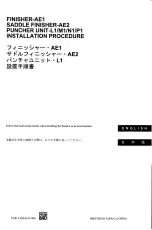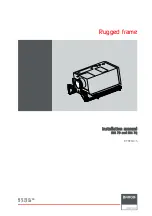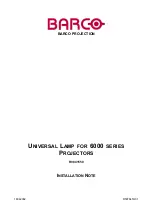
42
6 Set up with the display and adjustment module
SOLITRAC 31 • Profibus PA
43834-EN-211203
•
Write parameter adjustment data from the display and adjustment
module into the sensor
The copied data are permanently saved in an EEPROM memory in
the display and adjustment module and remain there even in case of
a power failure. From there, they can be written into one or more sen-
sors or kept as backup for a possible sensor exchange.
Note:
Before the data are copied into the sensor, a check is carried out to
determine if the data fit the sensor. If the data do not fit, a fault signal
is triggered. When data are being written into the sensor, the display
shows which instrument type the data originate from and which TAG
number this sensor had.
6.3.5 Info
In this menu you will find the following menu items:
•
Instrument name - shows instrument name and serial number
•
Instrument version - shows hardware and software version of the
instrument
•
Date of manufacture - shows calibration date and the date of the
last change
•
Profibus Ident Number - shows the Profibus ident number
•
Instrument features - shows further instrument features, such as
e.g. approval, electronics …
Examples for info display:
6.4 Parameter adjustment - Summation
Secondary
To measure the level in very high vessels, multiple instruments can be
cascaded.
Cascading means that two or several instruments are connected
which can together cover a longer measuring range.
The instrument acts as Primary and all other instruments operate as
Secondaries.
The pulse rates of all instruments are summed in the Primary instru-
ment and converted into a common signal.
First of all, define the function of the Secondary instruments before
you define the Primary instrument. The Primary instrument can thus
immediately recognize the connected Secondaries.
Info
Cascading


































